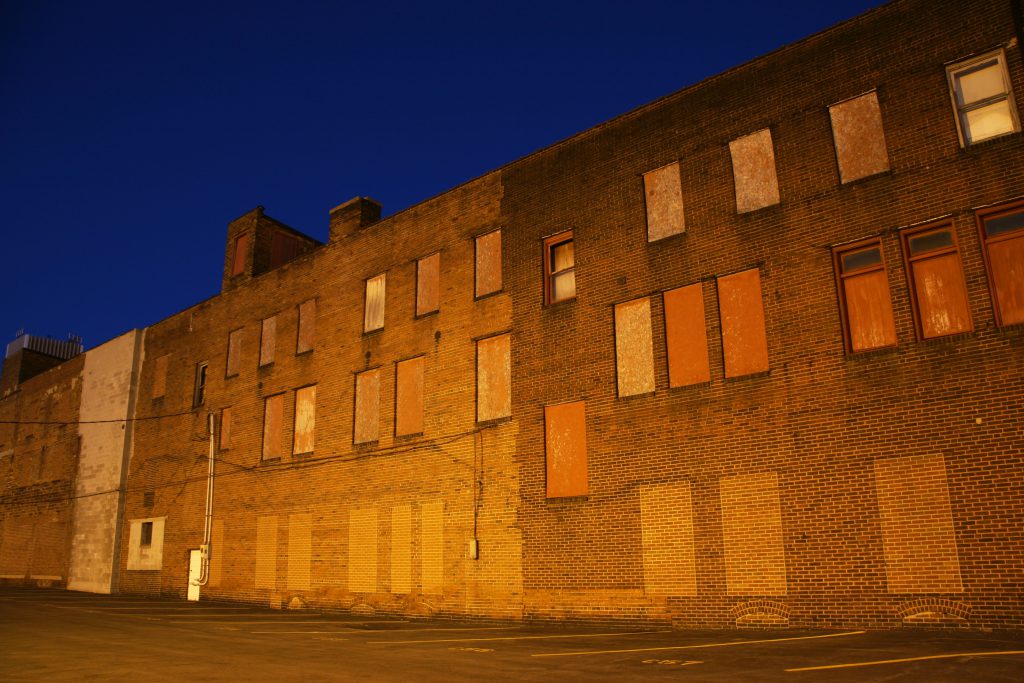
Slate is right to remind the media that there’s more to the story than the white working class.
If you’ve visited the Internet sometime over the past two-and-a-half years, you almost certainly have come across a diner story.
You know the one. A reporter from a big fancy news outlet with its headquarters in New York City or D.C. flies out to a working-class town in Ohio or Michigan or Pennsylvania or maybe even Wisconsin and stops at the local diner — or maybe a sports bar. There, the reporter talks to people over pancakes and coffee or chicken wings and beer about their political opinions and why they think Donald Trump got elected president, then files a story and immediately flies home.
There were so many of these stories in recent years — full disclosure: we shared them and even are featured in some — that predictably there was pushback. One of the criticisms is that these pieces aim to figure out the white working-class voter but leave out the voices of people of color who also live in these places.
While some folks have taken pains to capture diverse voices — Chris Arnade comes to mind — there are examples where this criticism is valid. Slate was among the outlets that critiqued The New York Times for visiting Youngstown, Ohio, but failing to capture the voices of the majority-minority city, which is 43 percent black.
And Slate went a step further, sending reporter Henry Grabar to Buckeye State to get the perspective of “the people in Youngstown, Ohio that the national media usually ignores.” Grabar’s report highlights the unique struggles that the black community in Youngstown has faced over the past several decades, writing that whatever “went wrong for the white working class here went even worse for their black counterparts.”
It’s not just Youngstown. Back in 2016, Gerald D. Taylor — himself a Youngstown native! — highlighted some of these issues in the report Unmade in America: Industrial Flight and the Decline of Black Communities. As Taylor notes, manufacturing in the mid-20th century allowed many black families the opportunity to begin to build a nest egg, own their own homes and move into the middle class.
But when factories started to close and manufacturing began to decline, factory job loss hit America’s black communities across the country especially hard. Black workers faced unemployment more than white workers, and they stayed unemployed for longer. They faced housing discrimination, which meant they couldn’t seek new opportunities in the suburbs or other communities. As cities began to crumble, black workers and their families didn’t have many options.
Taylor explains more here:
This happened again and again in cities across the country: Baltimore. St. Louis. Chicago. Pittsburgh. Birmingham. All of these cities were struck by industrial flight, black workers in all of them suffered the most under this wave of deindustrialization, and the negative effects are still felt in these communities today.
So where do we go from here?
Taylor outlined a number of policy recommendations in his 2016 report, including worker-friendly trade policy and infrastructure investment.
He also recommends workforce development. Advanced manufacturing jobs — from electronics and robotics to welding and computer programming — will offer a number of opportunities in the coming years. The U.S. should establish and expand apprenticeship programs, new manufacturing hubs and invest in urban manufacturing centers to grow these fields, and combine these efforts with outreach campaign and financial support programs to ensure black workers will share in the economy.
You can read the full Unmade in America report here and check out the case studies from individual cities here.
